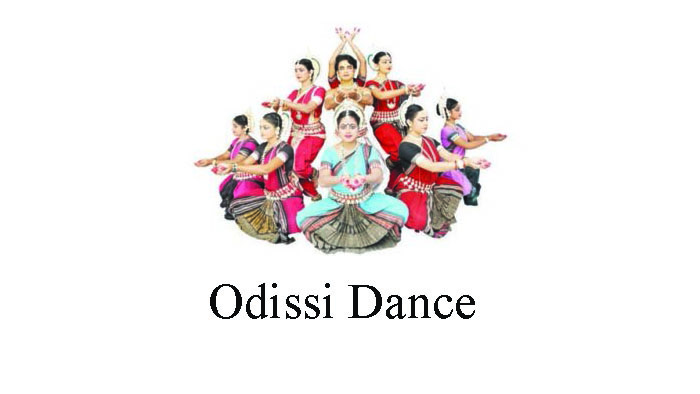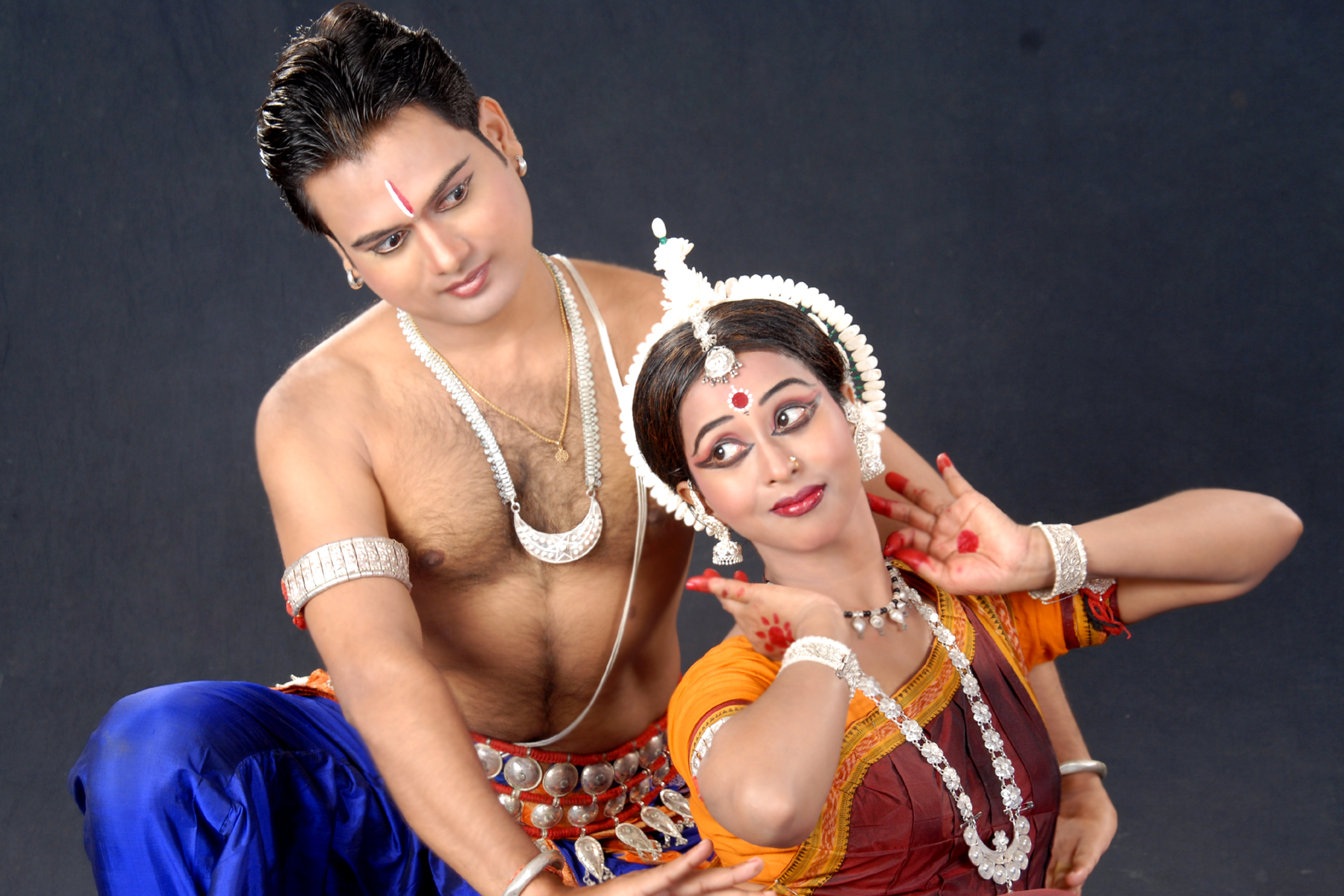Odissi – The Classical Dance Form Of Orissa

Odissi, the classical dance form of Orissa in Eastern India. Odissi considered the most lyrical and graceful of all classical dances in India. It is one of the seven classical dance forms in India.
Origin
It had its origin in the 2nd century B.C. in what is now the modern state of Orissa on the coast of the Bay of Bengal. The dance form all but disappeared during historic invasions and unrest in the country. Odissi dance which is the typical classical form of Orissa has its origin in the temples of Orissa. Historical evidence of dance and music as ancient performance art is found in archaeological sites such as caves and in temple carvings of Bhubaneswar, Konarak, and Puri.
The Manchapuri cave in Udayagiri shows carvings of dancers and musicians, and this has been dated to the time of Jaina king Kharavela in the first or second century BCE. The Hathigumpha inscriptions, also dated to the same ruler, mention music, and dance.
In Odissi, the body of the dancer is considered a temple, and the deity is taken to be residing within. Through the practice of the dance, the dancer attempts to create a relationship between the moving body and the soul that internalizes spirituality. The dancers wear a chuda or a white cone on the head to indicate the conical structure on top of the Orissan temples.
Also Read: Culture and Tradition of Odisha
The rhythm, bhangis, and mudras used in Odissi dance have a peculiar blending Odissi dance include both Tandava and lasya elements. Sabdaswara-pata and Bhandha are of mainly Tandava styles. This dance has a rich variety of mudras which are based on Natyashastra, Abhinaya Darpana, and Abhinaya Chandrika. Hand gestures play a very important role in Odissi dance as they are used in conveying the meaning in abhinaya. The main bhangi in this dance is Tribhangi (three bent) which is taken from the Tribhangi of Sri Krishna and the Chi, iuka pose (half-seated) of Lord Jagannath.
In Odissi, the dancer starts the recital with Mangalacharanam where the dancer dedicates herself to the lord and begs excuse from Mother earth for stamping her feet on her (Bhoomi pranama) salutes to her Guru and begs apology from the audience for any shortcomings (sabha pranama).
This is followed by Shayee Nrutya or Batu Nrutya which is an item of pure nrutta. It begins with a series of sculpturesque poses like Veenal, mandala, flute, manjra, etc., and is performed in a very graceful and stylized manner. The third item is pallavi, the movements of which are extremely graceful and lyrical. A tune is sung in some raga and is developed in different varieties. Bols with rhythmic syllables come in between to enrich the beauty of the item.
Suggested Read: Utkal Diwas / Odisha Day
Pallavi is of two kinds
(i) Vadya Pallavi
(ii) Swara Pallavi.
Abhinaya the fourth item is done through facial expressions depicting different bhavas and rasas with the help of different hastas. No performance is complete without the performance of an ashtapadi from the Geeta Govinda by Sri Jayadeva. The next comes Mokhya Nrutya which is the last item is of pure Nritta. It is done in fast tempo, in coordination with rhythmic syllables.

Costumes
The traditional costume, ornaments, and make up an Odissi dancer wears are described in the Abhinaya Chandrika. Unique handwoven silks with motifs of flowers, animals, birds, leaves, sea creatures, conch shells, and symbols of temple architecture are draped. The symbolic triangular shapes woven on the borders signify the temple steeple, the conch shells, flowers, and leaves are symbolic of those offered and used in the rituals. Threads of traditional primary colors are used in the looms.
The present-day dance costume is pre-stitched for convenience and comprises five pieces. A trouser-like garment, a blouse, aodhani, a pice which draped on the chest, a wide semi-circular piece worn on the waist covering the seat, and a pleated fabric buttoned to the trouser which opens like a fan in the chowka position. Given below are illustrations showing the common symbols and patterns on the handloom sarees.
Suggested Read: Lord Jagannatha Ratha Yatra In Puri
